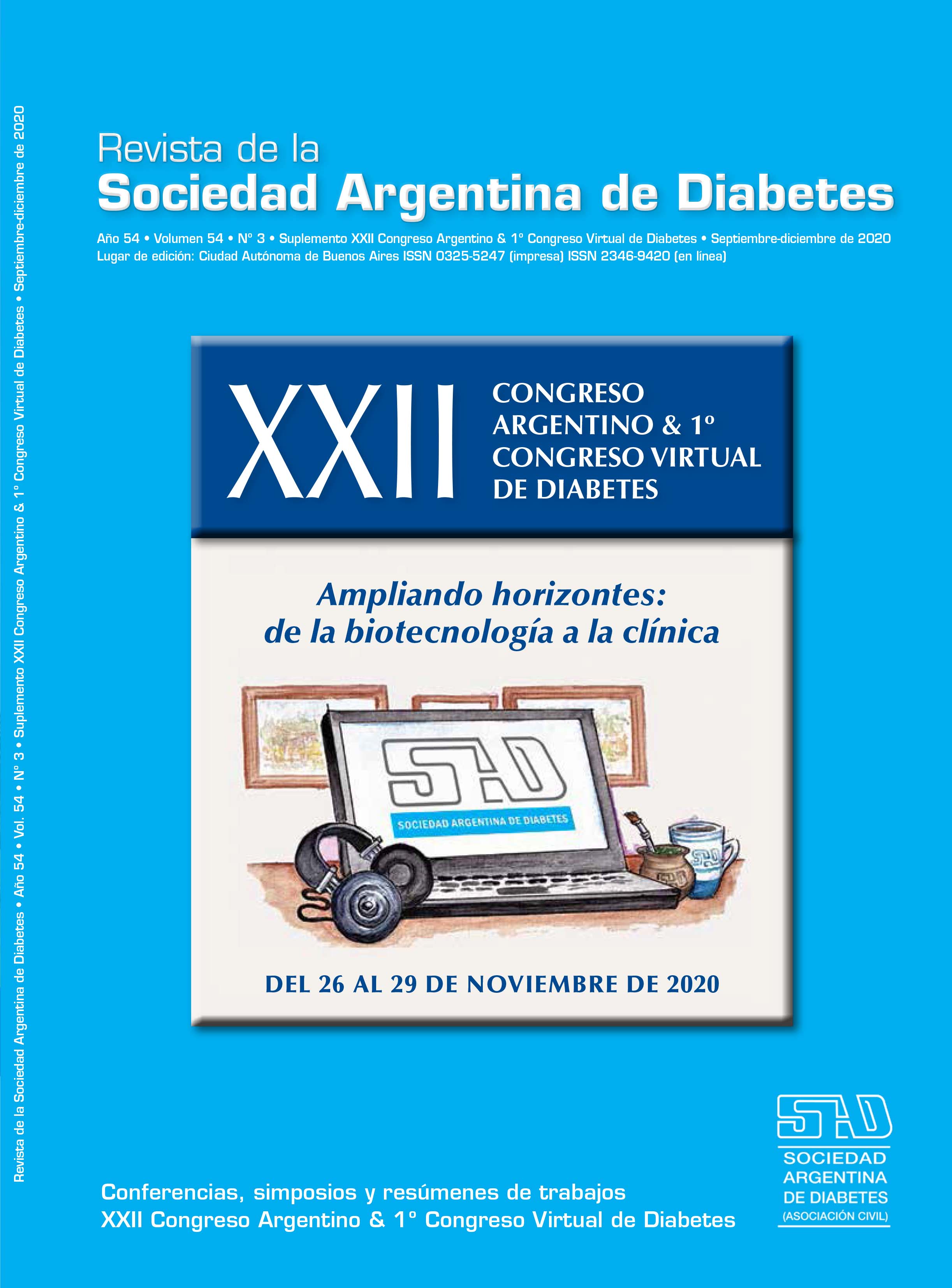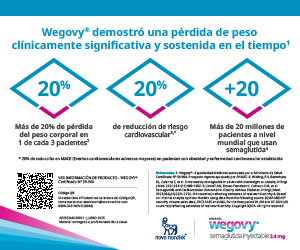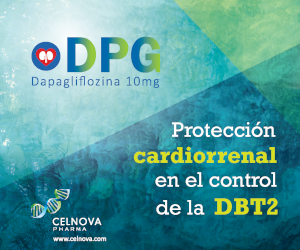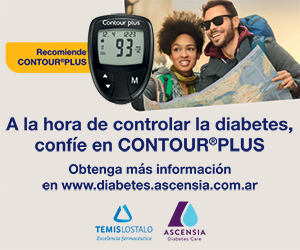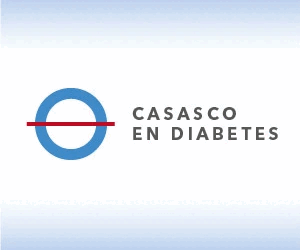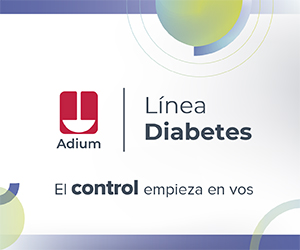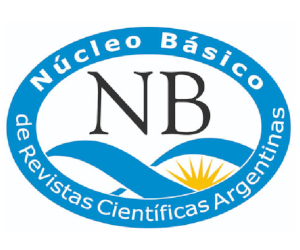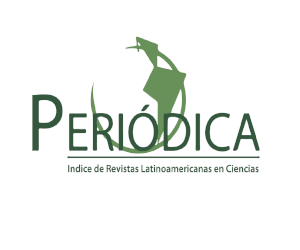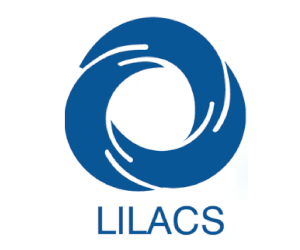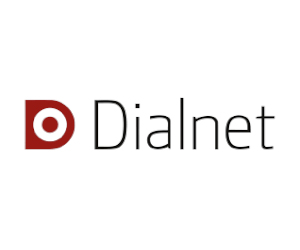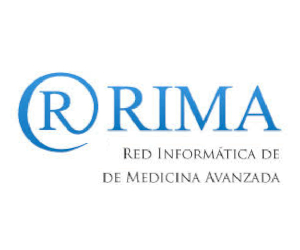P28 Implementation of non-mydriatic retinal photography and telemedicine strategy as tools for screening for diabetic retinopathy
DOI:
https://doi.org/10.47196/diab.v54i3Sup.415Keywords:
non-mydriaticretinal photography, telemedicine, diabetic retinopathyAbstract
Background: During routine clinical visit to diabetologists, the availability of nonmydriatic retinography (this means without dilation of the patient´s pupil) could improve the rates of screening for diabetic retinopathy (DR). This method of screening, in addition to avoiding all the inconveniences associated with pupil dilation, allows the immediate analysis of the digital images and/or their sending for retinal specialist by telemedicine, resulting cost effective.
Aims: To determine the frequency of DR with a non-mydriatic retinography coupled to asynchronous telemedicine and analyze risk factors associated with DR.
Materials and methods: Cross sectional study, which included patients with diabetes who were ≥18 years old and assisted to routine clinical visit at medical center in Buenos Aires from August to December 2019. We excluded patients with type 1 or post transplantation diabetes less than 5 years from the onset of diabetes, or with ocular media opacities that hindered taking retinal photographs. The Ethics Review Committee approved this trial. All the participants singed the consent inform. All eyes fundus photographs were taken by diabetologists during medical appointment using a nonmydriatic 60-degree camera (Eidon®) and sent to single retinal specialist In patients with and without DR, we analyzed: glycated hemoglobin levels, the duration of diabetes, body mass index (BMI), hypertension and dyslipidemia frequencies. According data distribution, categorical and numeric variables are described in absolute frequency/percentage and median/RIQ, respectively. We conducted comparisons based on Fisher exact test and nonparametric tests.
Results: We included 123 patients. Their characteristics are described in table 1. After analyzed retinal photographs, 18.7% (n=23) patients presented DR signs, all of them non-proliferative DR: 74% (n=17) mild and 13% (n=3) moderate. Furthermore, 13% (n=3) patients presented signs of quiescent DR. Clinical diabetic macular edema frequency was 2.4% (n=3). On the other hand, we founded 14.6% (n=18) of nondiabetic retinal injuries. Base on analyzed variables, there were no significant differences
between patients with and without DR.
Conclusions: In our cohort, through asynchronous telemedicine using non-mydriatic retinal photographs taking during clinical visit to diabetologist, we found 18.7% of DR, 87% of them were new diagnosis. In addition to the early diagnostic value of retinography, it is simple and user-friendly, meant that specialized personnel were not required to obtain the images. According to published data, this strategy in the approach to diabetes care, would allow optimization of screening rates, times for evaluation and timely referral to specialized consultation, geographic transfers and health resources. Currently due to
global health situation, all these features would be a promising advantage for models of healthcare because of telemedicine implementation to the forefront of healthcare.
Downloads
Published
Issue
Section
License

This work is licensed under a Creative Commons Attribution-NonCommercial-NoDerivatives 4.0 International License.
Dirección Nacional de Derecho de Autor, Exp. N° 5.333.129. Instituto Nacional de la Propiedad Industrial, Marca «Revista de la Sociedad Argentina de Diabetes - Asociación Civil» N° de concesión 2.605.405 y N° de disposición 1.404/13.
La Revista de la SAD está licenciada bajo Licencia Creative Commons Atribución – No Comercial – Sin Obra Derivada 4.0 Internacional.
Por otra parte, la Revista SAD permite que los autores mantengan los derechos de autor sin restricciones.



